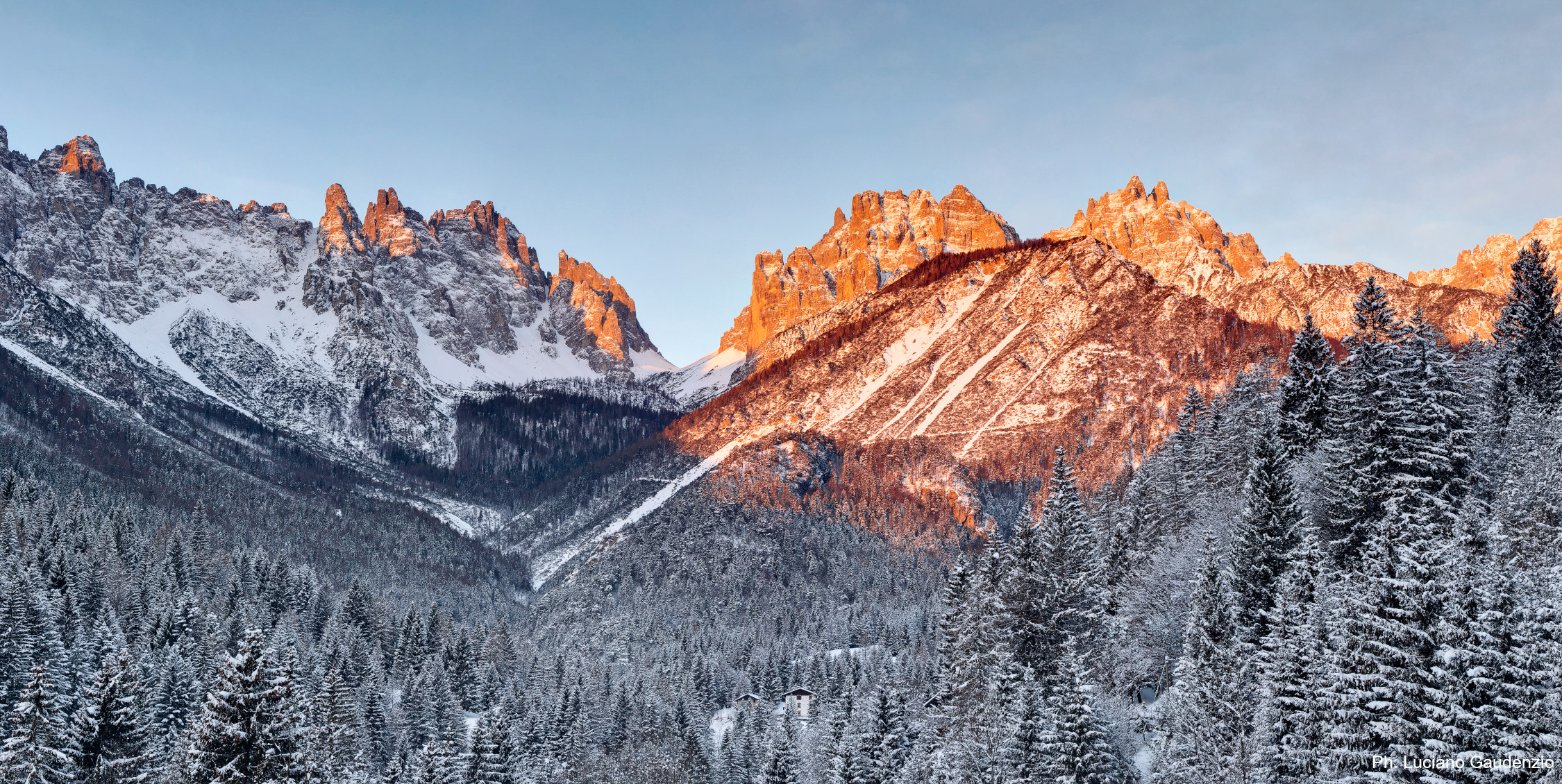Stefano Zannier’s message for the New Year: “2024 will be a ‘harvest’ year”
The UNESCO Dolomites Foundation has devoted 2023 to ongoing projects and organising the road map for future activities. The most important of these have been those financed by the Fund for Neighbouring Municipalities, thanks to the project “Capacity Building. Strengthening the social and regional capital of the Dolomites World Heritage Site (WHS) for lasting and sustainable development of local communities”.
As always, at the heart of these efforts have been strategies and actions shared between different territories in the Dolomites to protect the Outstanding Universal Value of the Heritage Site and to promote concerted solutions in important areas, such as managing tourist flows, the impact of major events and adapting for climate change.
In this short interview, Stefano Zannier, president of UNESCO Dolomites Foundation and regional councillor for agri-food, forestry, fish and mountain resources in the Autonomous Region of Friuli Venezia Giulia, outlines the way forward for 2024.

Vallata di Giaf, Dolomiti Friulane. Ph. Luciano Gaudenzio
President Zannier, a year ago you took over at the helm of UNESCO Dolomites Foundation and you placed emphasis on two key words: sharing and pragmatism. What’s your assessment a year later?
“2023 has been marked by this very approach: on the one hand, the constant search to ensure that sharing does not erase, but rather enhances, the distinctive traits of the different areas that make up this extraordinary, complex mosaic of the Dolomites World Heritage Site, while on the other, pragmatically identifying areas of action through which to protect the site.
This has been possible thanks to the open and frank dialogue within the Board of Directors, the work of the Operating Networks coordinated by the Provincial and Regional Authorities, and the constant commitment by those who work at the offices in Cortina d’Ampezzo. In addition to the many projects pursued and those in the pipeline (see the section on the board of supporters – Ed.), I’d like to draw attention to the fine meshwork of institutional relationships, and national and international ties where, I’m pleased to say, we are often mentioned for our best practices in managing a World Heritage Site”.
Yet, managing a serial heritage site is extremely complex and the individual areas represented on the board of directors can hold very different positions. Not to mention the fact that they are the same institutional actors who, politically, are required to make strategic choices in their local areas…
“There’s no doubt that it is complex, but that’s precisely the challenge. For example, the nine Dolomite Systems pertain to valley areas with different tourism development models, which, in some cases, need to limit flows, whereas in others, it’s about diversifying where they are directed. But we shouldn’t forget what they have in common: Outstanding Universal Value.
So, this can only be managed on a shared footing, which not only requires involving the political sphere, but also the technical and administrative, the social and economic. You only have to look over the activity plan (or browse the new website) to realise how much of the action of UNESCO Dolomites Foundation is based on the concept of ‘network’ ”.
2023 has also been the year of the second Periodic Report, the self-assessment of how the heritage site is being conserved and managed required by the Convention for the World Heritage Site. Can you give us a brief summary of what has emerged?
“The first critical factor has of course been the climate crisis, which is changing the make-up of the Dolomites landscape. One only has to think about the melting of the glaciers and the upward shift of woodland altitudes.
The impact of the crisis is more apparent in mountain areas, but it affects many other Natural World Heritage Sites. One even more specific theme is the level of tourism in certain hot spots. It’s not only an issue of quantity, it’s also about quality, involving a responsibility and an awareness of how the Dolomites area is being visited. The UNESCO Dolomites Foundation is working intensely on this issue, through campaigns like #mountainhutlife, as well as synergy on the subject of caution with all those involved in visiting the mountains and promoting alternative models. Like the Dolomites World Heritage Geotrail, which proposes a slow, thoughtful way of experiencing the geological values of World Heritage”.
And so we come to your hopes for 2024…
“Rather than hopes, I prefer to make commitments. In 2024, we’ll address the themes that emerged from the Periodic Report, but we’ll try to involve local communities. It’s not enough to mark out our intentions; we have to engage with administrations, associations, the economic and social fabric. We all have to feel jointly responsible for the values that have enabled the area to achieve World Heritage status.
If we can do that, 2024 will be a year of ‘harvest’, where the importance of collaborating between provincial and regional administrations for preserving the outstanding universal value of the Dolomites will be even clearer”.

